Best Places to Visit in Canada

Canada is a country of vast landscapes, vibrant cities, and rich cultural experiences, making it one of the most rewarding destinations to explore. Having traveled through its coasts, mountains, and lively urban centers, I’ve found that Canada offers an incredible mix of natural wonders, history, and modern charm.
I’ve enjoyed breathtaking national parks with endless trails, world-class cities filled with art and food, and small towns that showcase Canada’s warm hospitality. From outdoor adventures to cultural experiences and family-friendly attractions, Canada has no shortage of unforgettable places to visit and things to do. Here are the ones I recommend, and I think you’ll enjoy them too.

1. Maligne Lake: Still Water, Slow Time
We drove 30 miles south from Jasper townsite to Maligne Lake (about 1 hour along Maligne Lake Road). At 14 miles long, it’s the largest natural lake in the Canadian Rockies, famous for its turquoise water and surrounding peaks.
Maligne Lake in Jasper National Park is one of my favorite places in Canada, and every time I visit, I feel like I’ve discovered a hidden gem tucked deep in the Canadian Rockies. Near Jasper, Alberta, this spectacular lake is surrounded by soaring mountains, lush forests, and the kind of scenery that feels almost dreamlike.
I love taking the boat cruise to Spirit Island, which is often called one of the most photographed spots in the world—it’s absolutely the best way to experience the magic of the lake. The cool blue water and dramatic peaks create views that are nothing short of breathtaking, and I always find myself snapping countless photos just to capture the moment.
One of the most joyful things for me is simply walking along the shoreline trails. The fresh mountain air, the vibrant wildlife, and the peaceful atmosphere make it feel like an underrated but unforgettable adventure. If you’re into kayaking or canoeing, paddling across the turquoise water is one of the coolest and most exciting experiences you can have here.
I think Maligne Lake is not just about sightseeing—it’s about slowing down and feeling connected to nature. Whether I’m here for a romantic weekend getaway or a family trip, the lake always feels like a brilliant idea. It’s affordable compared to many luxury destinations, yet offers an experience that feels truly exceptional and unique.
Every visit feels like a dream, and to me, Maligne Lake is one of the absolute best things to do in Canada for anyone who loves magic, adventure, and natural beauty.

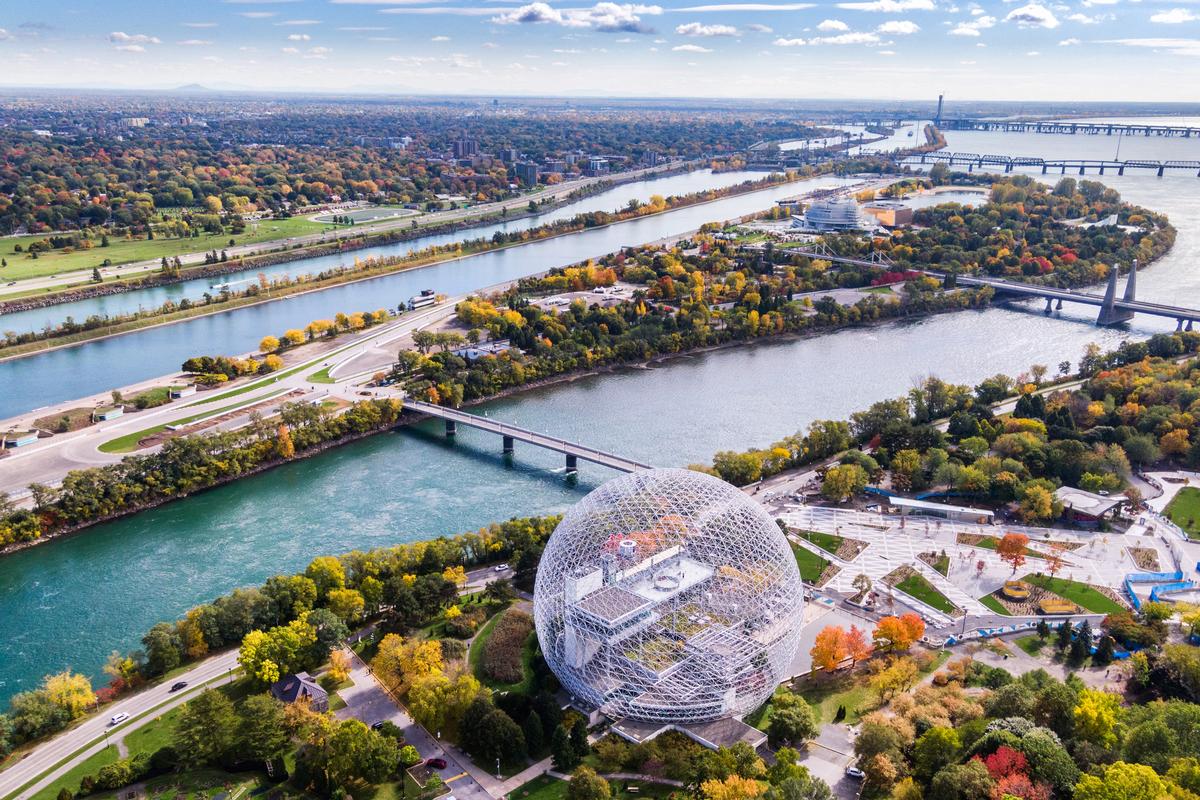
2. Montreal’s Cobblestone Streets & Great Cafes
I flew 1,750 miles northeast from Austin to Montréal (about a 4.5-hour nonstop flight, tickets around $250–$350 round-trip). With a population of 1.7 million, it’s the second-largest city in Canada but still feels intimate in its neighborhoods.
Montreal has always been one of my favorite cities to explore in Canada, and every visit feels like a mix of European charm and North American energy. Nestled in Quebec, it’s a city that offers the best blend of history, culture, and vibrant modern life—all in one unforgettable getaway.
Walking through Old Montreal is like stepping into a dream. I love wandering the cobblestone streets, admiring the old architecture, and stopping by hidden cafés where the smell of fresh croissants fills the air. The Notre-Dame Basilica is one of the most spectacular landmarks I’ve ever seen—it’s a magical, colorful masterpiece that always leaves me in awe.
Food is one of Montreal’s coolest highlights. From poutine to smoked meat sandwiches, every bite feels like an adventure, and I think it’s one of the absolute best foodie destinations in North America. My personal favorite stop is Jean-Talon Market, where I can taste fresh produce, cheeses, and local treats while enjoying the joyful energy of the city.
What I love most is that Montreal has so many underrated gems. Whether it’s biking along the Lachine Canal, enjoying summer festivals, or finding a quiet park on Mount Royal with a view of the skyline, there’s always something unique and exciting to do. It’s the perfect city for a romantic weekend, a family trip, or even a solo escape full of discovery.
For me, Montreal is not just a destination—it’s an experience filled with culture, creativity, and magic that keeps me coming back again and again.

3. Forillon National Park: Where the Land Meets the Sea
I drove 22 miles northeast from the town of Gaspé to Forillon National Park (about 35 minutes).
Forillon National Park in Quebec is one of the most amazing hidden gems I’ve discovered in Canada, and every time I think about it, I feel the pull of its wild beauty. Perched at the tip of the Gaspé Peninsula, it feels like the edge of the world, where dramatic cliffs meet the endless Gulf of St. Lawrence. It’s easily one of my favorite spots for an unforgettable adventure.
I love hiking the trails here—each one feels like a dream. The Les Graves trail, for example, leads to a lighthouse perched high above the sea, and the views are absolutely spectacular. Walking through lush forests and emerging onto those windswept cliffs gives me such a joyful rush, like I’ve found one of Canada’s most underrated treasures.
Wildlife spotting in Forillon is another cool highlight. I’ve seen seals sunbathing on rocks, seabirds swirling overhead, and even whales breaching offshore. The excitement of catching those moments is unbeatable, and I always bring my camera because the photos turn out incredible. Every corner of the park feels alive and vibrant, making it one of the best places to reconnect with nature.
What makes Forillon extra special for me is how peaceful it feels compared to other busier parks. Whether I’m camping with friends, enjoying a romantic coastal stroll, or just breathing in the salty air, it always feels like a brilliant idea to spend time here. It’s the perfect mix of rugged beauty, adventure, and tranquility—an absolute best destination in Quebec.
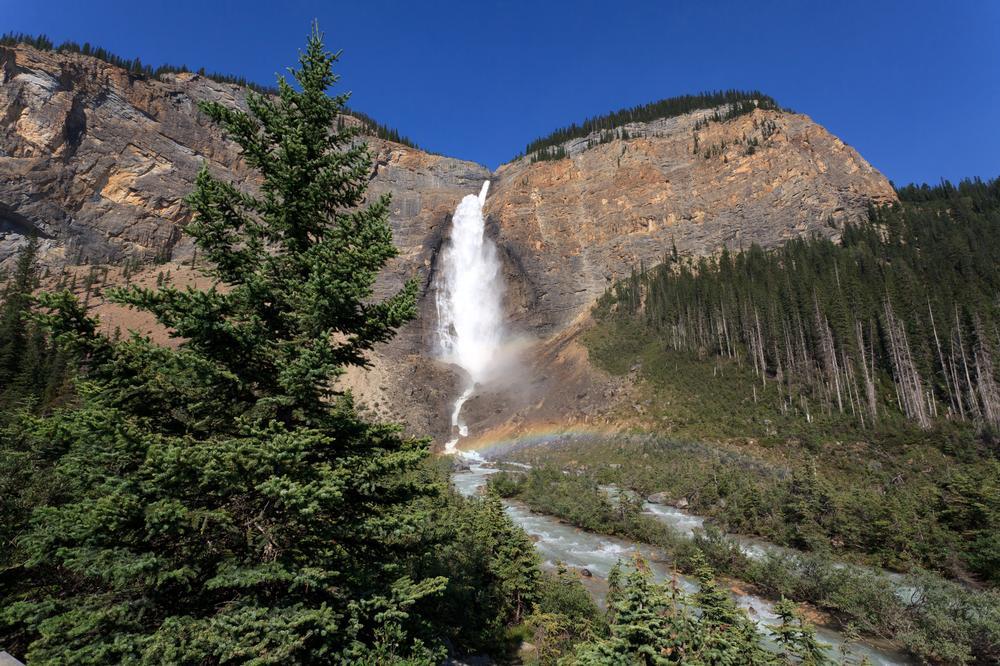
4. Takakkaw Falls: A Thunder You Can Stand Still In
We drove 13 miles north from Field, BC to Takakkaw Falls (about 30 minutes along Yoho Valley Road, with its tight switchbacks).
Takakkaw Falls in Yoho National Park, British Columbia, is one of the most spectacular natural wonders I’ve ever seen, and every time I visit, I feel like I’ve stumbled onto a hidden gem in the Rockies. The drive alone, winding through dramatic mountain roads, feels like an adventure that builds up to the grand reveal of Canada’s second-tallest waterfall.
When I first saw the falls, I was completely in awe. The sheer drop of water crashing down from the glacier above is so powerful that you can feel the mist on your face long before you reach the base. It’s honestly one of the coolest and most magical sights, and I always think it’s one of the absolute best experiences in Yoho.
I love that Takakkaw Falls is more than just a quick stop—it’s the gateway to some of my favorite hikes. Trails like the Iceline lead through glaciers, alpine meadows, and incredible viewpoints that make the whole area feel like a dream. Even just a short walk near the base gives you unforgettable views and a joyful sense of being so close to raw, untamed nature.
What makes this place extra exciting for me is how accessible yet underrated it feels. Families, couples, and solo travelers can all enjoy it without much effort, but it still delivers world-class beauty. For me, Takakkaw Falls is one of those unique, vibrant places where you can truly feel the magic of Canada’s wilderness—it’s an absolute must-see on any Rockies getaway.

5. Newfoundland and Labrador: Edge of the Continent, Heart of the Story
I flew 2,800 miles northeast from Austin to St. John’s, Newfoundland (about 6 hours with a connection in Toronto).
Newfoundland and Labrador has to be one of the most unique and underrated places I’ve ever visited in Canada, and I still can’t get over how vibrant and full of surprises it is. Sitting on the far eastern edge of North America, it feels like stepping into another world—wild coastlines, colorful towns, and a culture that’s as warm and joyful as the people themselves.
I love exploring St. John’s, the capital city, with its rainbow row houses and lively harbor views. Walking up Signal Hill is always one of my favorite things to do—the views of the Atlantic are absolutely spectacular, and the history makes it even more interesting. The city is filled with cool pubs, live music, and some of the friendliest locals I’ve ever met, which makes every evening unforgettable.
Beyond the city, the real magic of Newfoundland and Labrador comes alive. I’ve stood on cliffs watching icebergs drift by in spring, spotted whales leaping offshore, and hiked trails that felt like the edge of the world. Gros Morne National Park is my dream destination here—it’s one of the absolute best parks in Canada, with fjords, mountains, and landscapes that are so unusual and dramatic they feel otherworldly.
Every trip feels like a brilliant idea, whether it’s a family adventure, a romantic getaway, or a solo escape into nature. Newfoundland and Labrador is affordable compared to many touristy spots, yet it offers some of the most spectacular experiences you’ll ever find. For me, it’s a hidden gem that captures the true spirit of Canada.

6. Golden, BC: Between the Mountains and the Sky
I drove 90 miles west from Banff to Golden, BC (about 1.5 hours along the Trans-Canada Highway). With a population of around 4,000, the town was founded in the late 1800s as a railway hub for the Canadian Pacific.
Golden, BC has become one of my absolute favorite mountain towns in Canada, and every visit feels like a hidden gem tucked away in the Rockies. Surrounded by six national parks, this place is a dream for anyone who loves adventure, scenery, and a vibrant small-town vibe.
I love how Golden feels both rugged and welcoming at the same time. The town itself is charming, with cool cafés, affordable restaurants, and a laid-back atmosphere that makes it easy to relax after a day outdoors. It’s the perfect base for exploring some of the best landscapes in British Columbia, and every direction you look offers something spectacular.
One of the most exciting things I’ve done here is walk across the Golden Skybridge—it’s Canada’s highest suspension bridge, and the views are absolutely spectacular. My photos don’t even do it justice! For me, it was one of those joyful, heart-pumping experiences that you never forget. In winter, Kicking Horse Mountain Resort is another highlight, offering some of the coolest skiing and snowboarding in the Rockies.
What makes Golden especially unique is how underrated it still feels compared to places like Banff or Lake Louise. I think that’s part of its magic—you get the same breathtaking wilderness without the heavy crowds. Whether I’m hiking, rafting on the Kicking Horse River, or enjoying a romantic weekend getaway with mountain views, Golden always feels like the best idea. It’s a brilliant destination for anyone looking to experience the true spirit of the Rockies.

7. Lake Louise: Glacier Light and Mountain Stillness
We drove 36 miles northwest from Banff to Lake Louise (about 45 minutes along the Trans-Canada Highway). With only about 800 year-round residents, the village is tiny, but the setting is iconic.
Lake Louise in Banff National Park has to be one of the most spectacular and dreamy places I’ve ever seen in Canada. The first time I laid eyes on the turquoise water framed by snow-capped peaks, I felt like I’d stumbled upon the ultimate hidden gem—even though it’s one of the most famous spots in the Rockies, it still feels like magic every single visit.
I love starting my day here by simply walking along the lakeshore trail. It’s an easy stroll, but the views are absolutely the best—every step gives me another postcard-perfect scene. In summer, renting a canoe and gliding across that vibrant water is one of my favorite things to do. It feels both peaceful and exciting, and the photos from the middle of the lake are always incredible.
In winter, Lake Louise transforms into one of the coolest frozen playgrounds. Skating on the lake with the Victoria Glacier in the background is honestly one of the most unique and joyful experiences I’ve ever had. Add in snowshoeing or skiing at the nearby resort, and it turns into a dream winter getaway.
What I love most is that Lake Louise works for everyone—a romantic trip, a family vacation, or even a solo escape into nature. Whether I’m sipping coffee at the Fairmont Chateau with panoramic views or hiking up to Lake Agnes Tea House for an affordable and cozy treat, it always feels like the absolute best idea. To me, Lake Louise is pure Canadian magic.
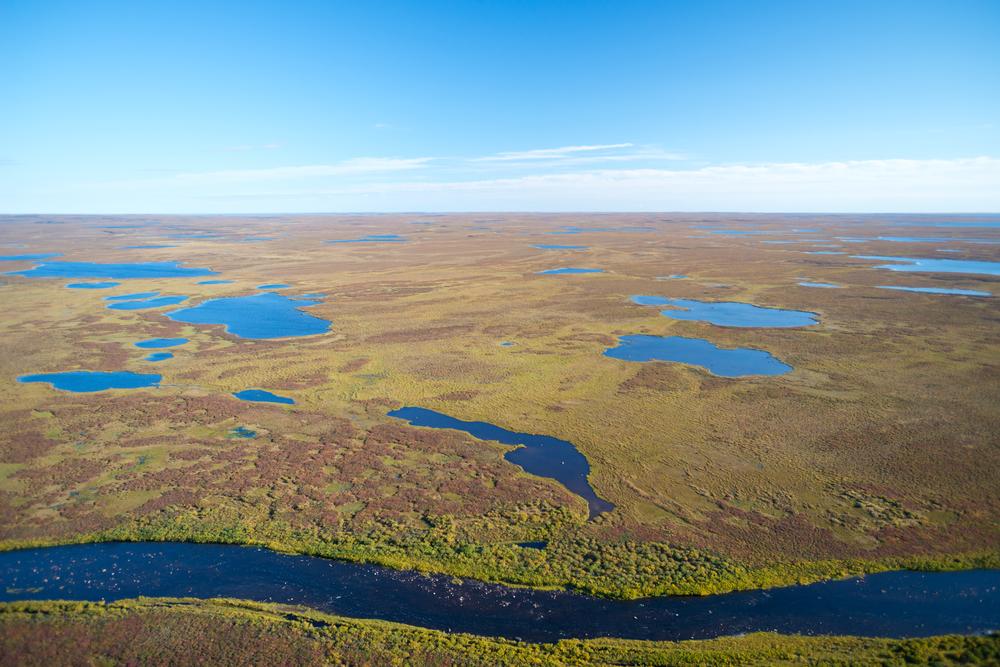
8. Nunavut
We flew 2,100 miles north from Ottawa to Iqaluit, Nunavut’s capital (about a 3-hour flight). With a population of around 7,500, it’s the largest community in a territory roughly the size of Western Europe. Nunavut has to be one of the most unique and underrated destinations in Canada, and every time I think about it, I feel like it’s a dream waiting to be discovered. This vast northern territory feels like another world, with its endless tundra, dramatic fjords, and the vibrant culture of the Inuit people. It’s remote, unusual, and absolutely one of the coolest places I’ve ever imagined visiting.
What I love most about Nunavut is the raw, untouched wilderness. I’ve always been amazed by the thought of standing under the midnight sun in summer or watching the northern lights dance across the winter sky—it feels truly magical. Hiking in Auyuittuq National Park is high on my list of dream adventures, with its towering peaks and glaciers that look otherworldly.
The wildlife here is also spectacular. Just the idea of spotting polar bears, narwhals, or caribou in their natural habitat fills me with excitement. For me, this is one of those absolute best experiences that makes Nunavut feel like a hidden gem of Canada. Every photo I’ve seen looks vibrant, wild, and unforgettable.
But Nunavut isn’t just about the landscape—it’s also about the culture. I’d love to visit local communities, learn about Inuit traditions, and see incredible art and carvings that tell powerful stories. Whether it’s a family adventure, a romantic Arctic getaway, or a personal journey of discovery, Nunavut feels like the kind of place that changes you. To me, it’s an exceptional and once-in-a-lifetime Canadian experience.
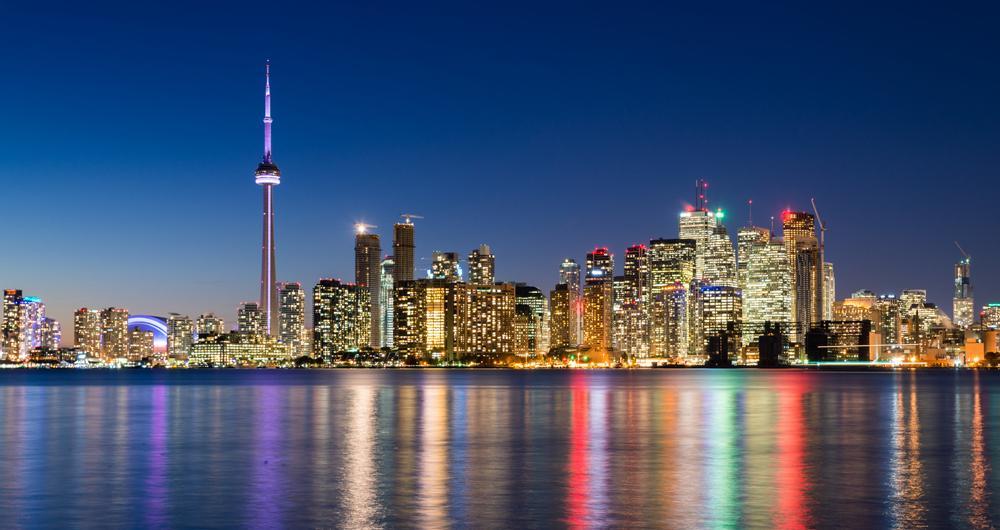
9. Toronto, Ontario: Movement, Light, and Small Moments
Toronto, Ontario is one of my favorite cities in Canada because it’s such a vibrant mix of culture, food, and unforgettable experiences. Every time I visit, I find a new hidden gem, whether it’s an unusual attraction, a cool neighborhood, or a delicious foodie stop. It’s a city that never stops surprising me, and it always feels like the best idea for a weekend getaway.
Of course, I love hitting the big highlights like the CN Tower and the Distillery District, but what really makes Toronto stand out to me is its food scene. One of the absolute best ways I’ve explored it is through Tasty Tours Toronto. I joined one of their guided food adventures, and it was pure joy from start to finish. We walked through neighborhoods like Kensington Market and Chinatown, sampling everything from decadent chocolates to unusual international treats. It wasn’t just about eating—it was about learning the stories behind the food, the people, and the culture that makes Toronto so special.
For me, that tour was the perfect mix of excitement and discovery. I loved how affordable it was compared to a fancy dinner, but the experience felt exceptional. It’s honestly one of the coolest, most underrated activities I’ve ever done in the city, and my photos from that day are some of my favorites. Whether youre on a family trip, a a romantic getaway, or just exploring solo, adding Tasty Tours Toronto to your plans is a brilliant idea.
Toronto is magic—big-city thrills blended with unique, flavorful experiences that you’ll never forget.
Conclusion
Looking back at all of these incredible places across Canada I can honestly say each one offers something unforgettable. What I love most is that every destination feels unique, whether it’s a joyful family trip, a romantic weekend, or a solo adventure into nature or city life.
Canada is filled with hidden gems, spectacular landscapes, and vibrant cities that never stop surprising me. Each place I’ve shared has its own magic, its own story, and its own way of leaving me in awe. Whether it’s the excitement of a bustling city like Toronto, the peace of Maligne Lake, or the dreamlike wilderness of Newfoundland and Labrador, there’s truly something here for everyone.
For me, the absolute best part of exploring Canada is realizing how every trip turns into more than just a getaway—it becomes an experience I carry with me. From cool adventures to quiet moments of beauty, these destinations capture the true spirit of travel. Wherever you go, you’ll find joy, wonder, and a sense of discovery that makes Canada one of the most exceptional places in the world to explore.
If you love Canada, try one of these destinations next:
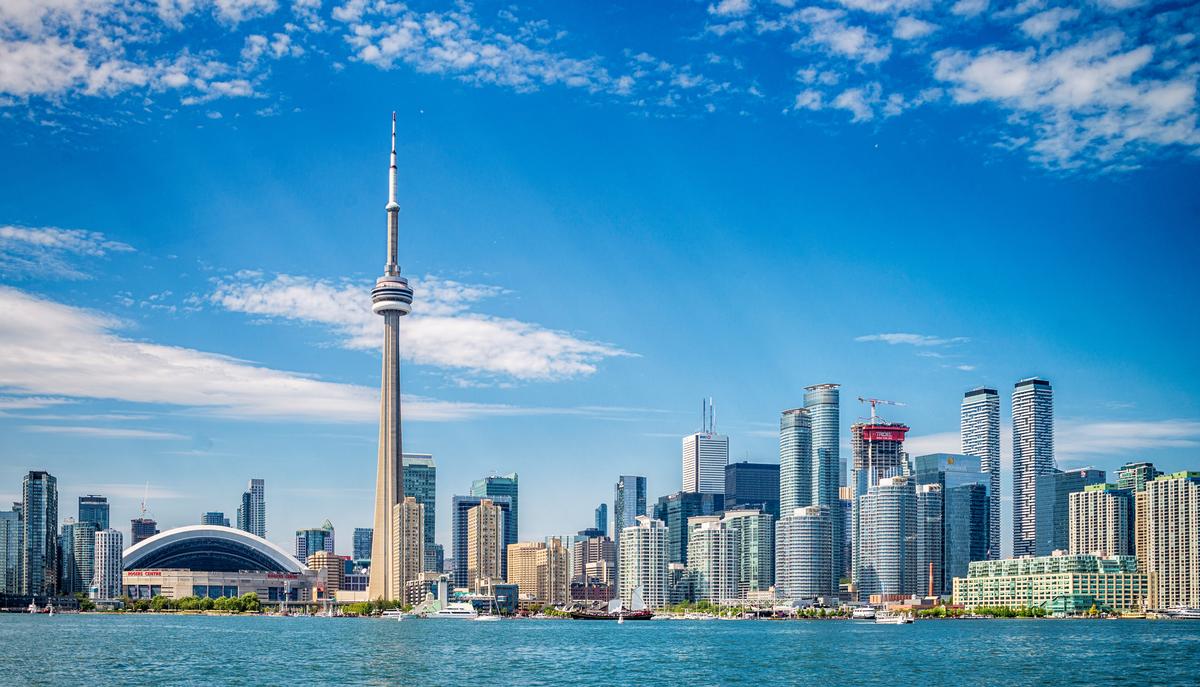
Booking Checklist
1. Book Your Flight - I use Expedia because I like their mobile app with my itinerary. They've helped me re-book flights on many occasions. Once you reach their Gold tier, support is especially good.
2. Book Your Hotel - I use Booking.com or Expedia, depending on my destination.
3. Book Your Rental Car - I use Expedia.
4. Book your tours on Viator or Get Your Guide.
